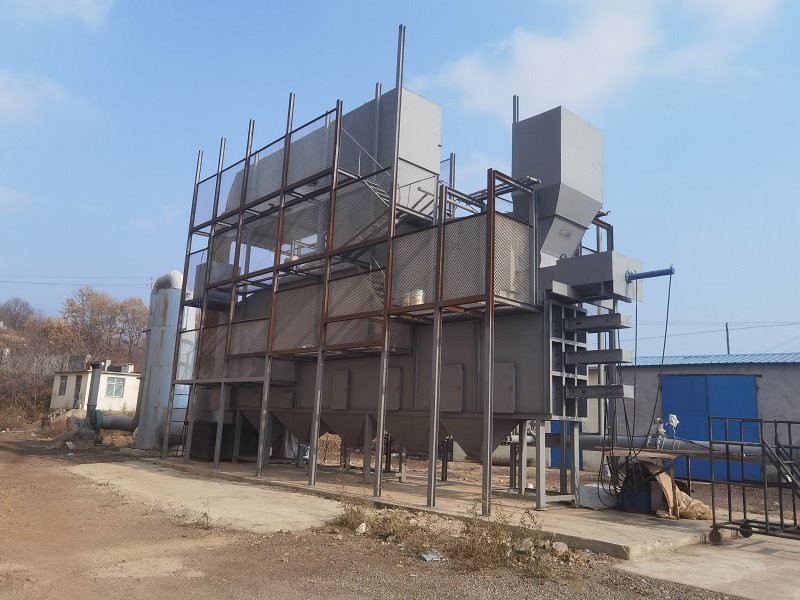Our Garbage Burning Furnace is the ultimate solution for your waste management needs. Its advanced technology and efficient design make it the perfect choice for both residential and commercial settings. This furnace can burn all kinds of organic waste, reducing the volume of trash and minimizing the environmental impact. The high-quality materials and expert craftsmanship ensure that this furnace is durable and long-lasting. Additionally, its ease of use and low maintenance requirements make it the perfect choice for anyone looking for a convenient and eco-friendly way to manage their waste. Order now and experience the benefits of our Garbage Burning Furnace for yourself!
Brief introduction
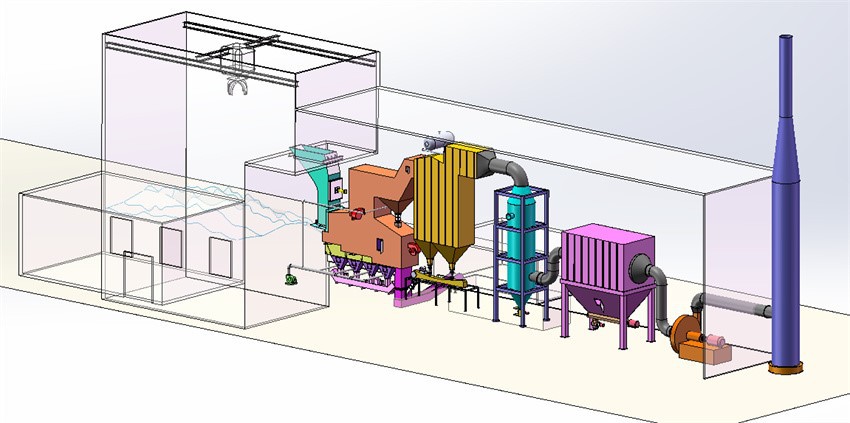
Tenor made small waste incineration system was developed by Tenor Low Carbon New Energy Technology (Liaoning) Co., Ltd. and Dalian University of Technology research team. WTE incineration system including hopper, feeding machine, stoker furnace,step grate, ash hopper, slag removal system, transport aircraft and combustion chamber, suitable for daily capacity of 50 to 250 tons/d of small domestic waste incineration projects.
Product parameters
|
Scale (t/d) |
Number of furnaces |
Overall height of equipment (m) |
Floor space (m2) |
Emission standard |
|
50 |
1 |
17 |
60 |
《Pollution control standards for household waste incineration》(GB18485-2014) |
|
100 |
1 |
17 |
75 |
|
|
150 |
2 |
17 |
90 |
|
|
200 |
2 |
17 |
105 |
|
|
250 |
3 |
17 |
120 |
Main equipment
1.Feeding system
The feeding system is composed of hopper and feeder, and a gate is arranged inside the hopper. The gate not only ensures the sealing but also takes into account the function of breaking the "garbage bridge", and the "bridge" is broken through the gate movement when the garbage is blocked. The feeder and gate are driven by the hydro-cylinder, and the feeder can adjust the feeding speed according to the load of the incinerator.
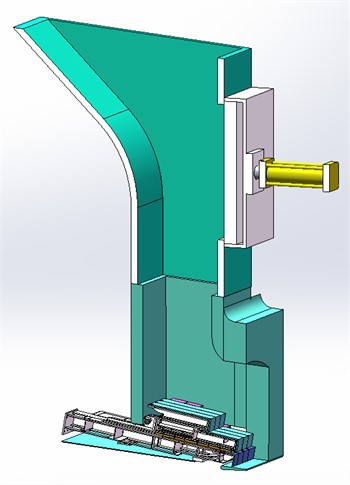
2.Fire grate

Tenor made compact municipal waste incinerator adopts the step horizontal reciprocating grate (waste to energy system by moving grate incinerator), grate is divided into three stages of drying, burning and burning out zone, and the height drop between each grate is set, the garbage is scattered after falling, and the garbage is pushed to move while avoiding the incomplete combustion of garbage agglomeration. The reciprocating grate is driven by the hydro-cylinder, the three sections of the grate can be controlled independently, and the grate movement cycle can be adjusted according to the combustion state in the furnace. The grate is made of heat-resistant cast steel, which has good features of wear resistance, high temperature resistance and corrosion resistance.
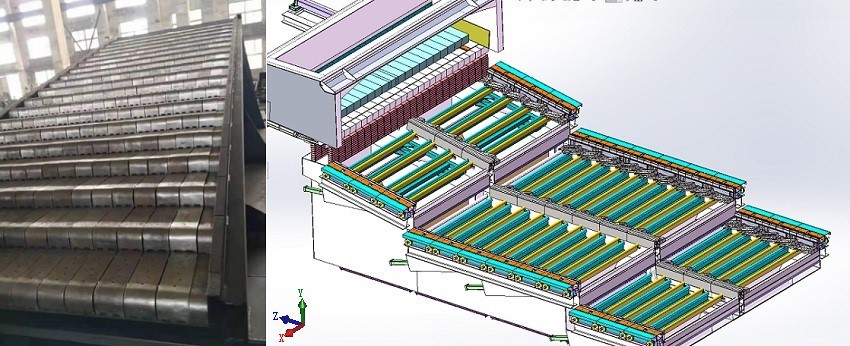
Grate advantages:
High efficiency stable combustion:
The garbage is fully burned, the thermal ignition reduction rate is low,Equipment performance: The grate has good wear resistance, high temperature resistance and corrosion resistance, low damage rate, low replacement frequency and low maintenance cost.The pores and gaps are matched with air inlet, and the overall air inlet effect is more uniform, which is conducive to uniform combustion and stable combustion.
3.Incinerator
The combustion chamber above the grate is composed of front and rear arches and side walls. The furnace walls are built with thermal insulation cotton, castable material and refractory bricks. On the basis of the traditional incinerator structure, the front and rear arch structure is adjusted to enhance the heat radiation of the front and rear arch to the material layer, and the process of garbage drying and igniting is accelerated.
The secondary combustion chamber is arranged horizontally, compared with the traditional vertical flue, which reduces the overall height of the combustion system and reduces the construction cost. At the same time, the end of the secondary combustion chamber adopts a Spiral Separation structure and the principle of Tesla valve, which sends 90% of the fly ash in the flue gas back to the primary combustion chamber and enters the wet slag removal machine together with the ash. Effectively reduce the content of fly ash in the flue gas of the incinerator outlet and reduce the cost of follow-up treatment.
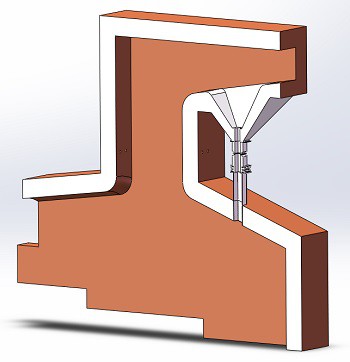
Solid waste incinerator process flow
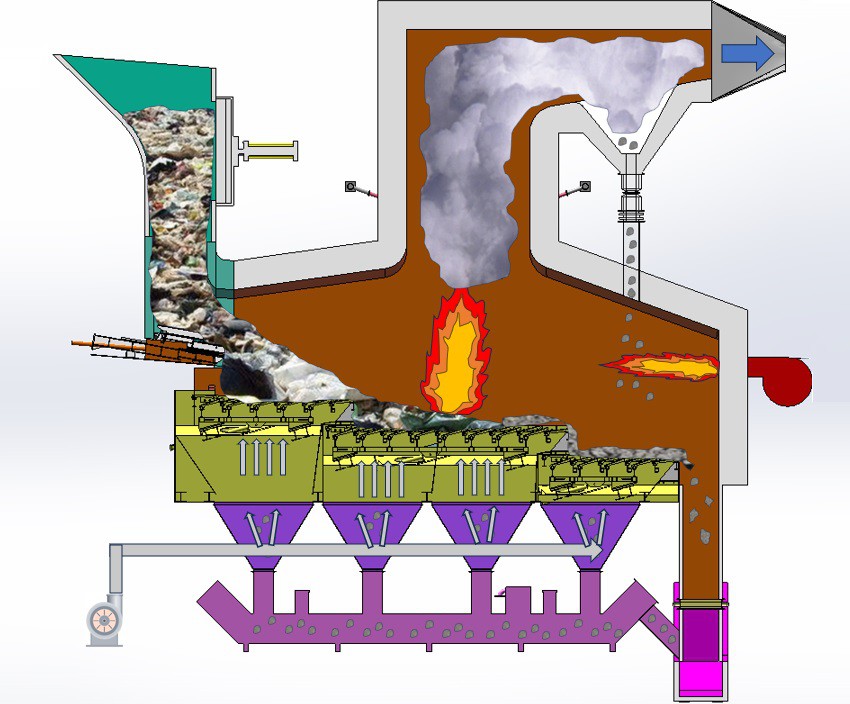
The garbage is sent to the hopper by the garbage crane or conveyor, piled above the feeder, and pushed into the furnace by the feeder regularly. After the garbage into the furnace through three sections of the grate :drying, burning, burning out , with a certain pressure and temperature,Primary air is sent to the lower air chamber of the grate, through the grate surface air hole and grate gap through the garbage layer from bottom to top, to provide heat for the garbage drying, to provide oxygen for the garbage full combustion.
The ash produced by the complete combustion of the garbage enters the wet slagging machine through the slagging bucket and then enters the slag pit. The horizontal ash leakage conveyor is connected under the air chamber, and a small amount of ash and slag under the grate is sent to the wet slag removal machine.
The flue gas produced by combustion enters the secondary combustion chamber through the throat, and the secondary air is added at the throat to adjust the furnace temperature, ensure the complete combustion of volatiles, and control the generation of nitrogen oxides.
The temperature of the secondary combustion chamber is between 850~1050℃, and the flue gas stays in the secondary combustion chamber for more than 2 seconds through the secondary combustion chamber exit into the waste heat utilization system, and the user can consider the waste heat utilization methods such as hot water production, steam production and power generation according to the project scale and economic benefits. The cooled flue gas after heat transfer is discharged by deacidification and dust removal.
Process characteristics
- Simple structure ,easy installation and operation;
- All equipment automation; Reduce the working load of the furnace personnel;
- Low total building height and low construction cost;
- The secondary combustion chamber adopts spiral dust removal structure and Tesla valve to reduce the fly ash content in the flue gas, reduce the subsequent dust removal cost, and extend the service life of the equipment.
- The waste combustion is sufficient, and the heat burn reduction rate is less than 5%;
- Pollutant emissions meet standards.
- Customized complete proposal and turn-key WTE equipment.
Waste to energy project display

garbage incinerator 50 tons/d
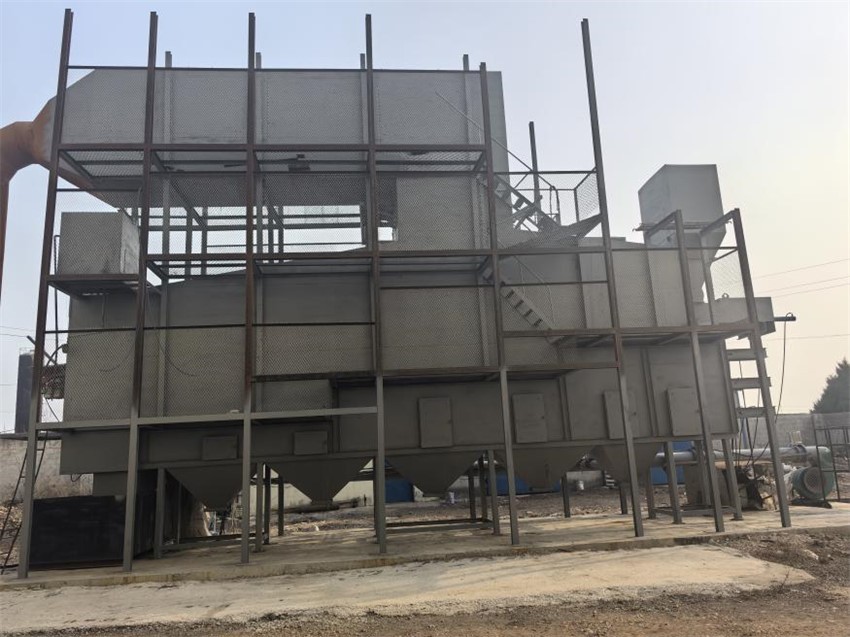
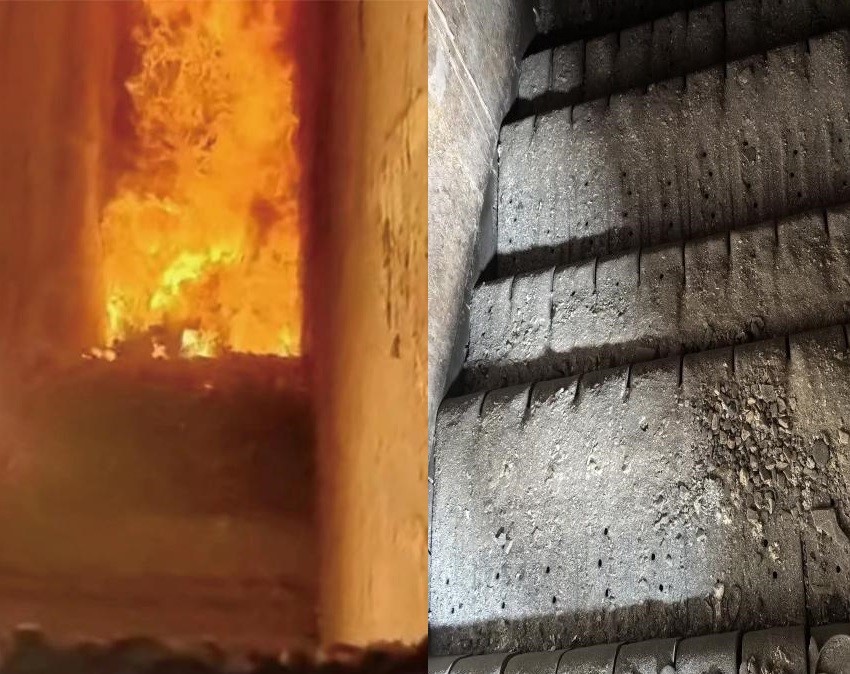
Combustion ash
Benefits of Waste Management:
MSW incinerator can produce steam, hot water and electricity generation, sustainable Power from Small-Scale Waste Incineration.
Application: Township, cities and towns, government, power plant.





